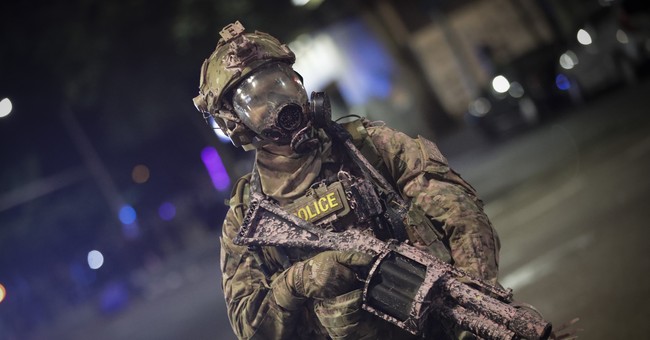
Let’s take a moment to consider what exactly changed in the past 72 hours, and why — going back to Monday — there was a sudden sense of urgency on the part of Oregon officials to change the dynamic at the Hatfield Federal Courthouse in Portland.
There is nothing in the background of Gov. Kate Brown, an Oregon politico going back nearly 30 years, having first been elected to the Oregon legislature in 1991, that would ever lead you to conclude that she had any interest in making a deal with the Trump Administration. She served three terms as the Oregon Senate Majority Leader, then served two terms as Secretary of State. Because Oregon has not “Lt. Governor” office, she was next in line to Governor. She became Governor in 2015 following the resignation of Gov. John Kitzhaber due to a federal criminal investigation into his use of his official position for private financial gain. In 2016 she won a special election to serve the remainder of Kitzhaber’s term, and in 2018 she won re-election with 50% of the vote in a six-candidate field, beating the GOP candidate 50-43%.
But since the violence started in Portland, she’s been content to remain a safe 45 miles removed from the center of the controversy, and let Mayor Ted Wheeler absorb the day-to-day impact of the rioting at the Portland federal building. While not the “cheerleader” that Wheeler has been, Brown’s public comments have never been an outright condemnation of the violence and destructive acts of the rioters.
Two weeks ago she called the visit to Portland by Acting DHS Secretary Wolf “political theater” and demanded that all federal agents be removed from Portland. She didn’t offer a “robust State Police” presence in their place at that time.
But as reported by me here early Wednesday morning, Oregon Public Broadcasting reported that the FBI Deputy Director, David Bowdich, flew into Oregon on Monday and was part of the initial talks with the Governor. He stayed over and left on Tuesday after the talks continued.
What might have prompted the decision to send Bowdich, and what did he communicate that seems to have motivated a sudden reversal by Governor Brown to commit to quelling the violence in downtown Portland by using state police resources?
Dep. Dir. Bowdich is responsible for supervision of all FBI operational matters. A month ago Attorney General Barr announced that DOJ, through the FBI’s leadership of various Joint Terrorism Task Forces around the country, would begin investigating the leadership of organizations such as Antifa and BLM to determine if they were behind the agitation of “protest” activity such that they are turned into riots. My guess is that Bowdich was dispatched by FBI Dir. Wray and Attorney General Barr with information about what has been learned in connection with the leadership of the groups rioting in Portland. More importantly, I expect that he gave her some intelligence about what the future plans of those groups might include with regard to a further escalation in violent tactics.
In the past 72 hours, the rioters have shown the following progression of tactics.
First it was commercial fireworks:
This is how some officers in Portland have become injured. The explosive fireworks are used as IED. #PorrlandRiots pic.twitter.com/OSJG2c5faL
— Andy Ngô (@MrAndyNgo) July 27, 2020
No long after they graduated from fireworks to incediary devices.
Rioters have now thrown Molotov Cocktails at the courthouse pic.twitter.com/bM5TfqcdzJ
— Drew Hernandez (@livesmattershow) July 27, 2020
and finally to this — an IED.
Antifa is trying to kill feds. pic.twitter.com/2ojqiIQNtF
— Ian Miles Cheong (@stillgray) July 28, 2020
Rioters threw a bomb at the front of the Portland federal courthouse. This wasn’t one of their usual firework explosives. #PortlandRiots #antifa pic.twitter.com/omCq0GtZMj
— Andy Ngô (@MrAndyNgo) July 28, 2020
And how did the federal agents respond? Like this:
Federal agents carrying assault rifle, confiscated hockey stick, riot guns pic.twitter.com/2D5iYKz3jZ
— Sergio Olmos (@MrOlmos) July 28, 2020
The IED was clear deadly force being used by a rioter. But it was the culmination of an escalation of violence – and it brought out deadly weapons by the federal agents. No longer just tear gas, pepper balls, and non-lethal impact munitions. The use of deadly force against the agents justified the agents preparing to use deadly force in response.
I’m certain that Dep. Dir. Bowdich provided information to Gov. Brown on what intelligence reveals about possible further tactics are being planned — and how the armed federal agents might be forced to respond. And this is only happening because the state and local authorities have let the rioters rampage out of control for two months. If the use of lethal force is required for the federal agents to defend themselves or others, Brown has allowed thousands of protesters to possibly be in the line of fire when that happens.
The situation is close to a tipping point. Here is what lies further down the way on the road Governor Brown has been is traveling along:

Maybe Governor Brown is hoping Neil Young will write a song about her too.
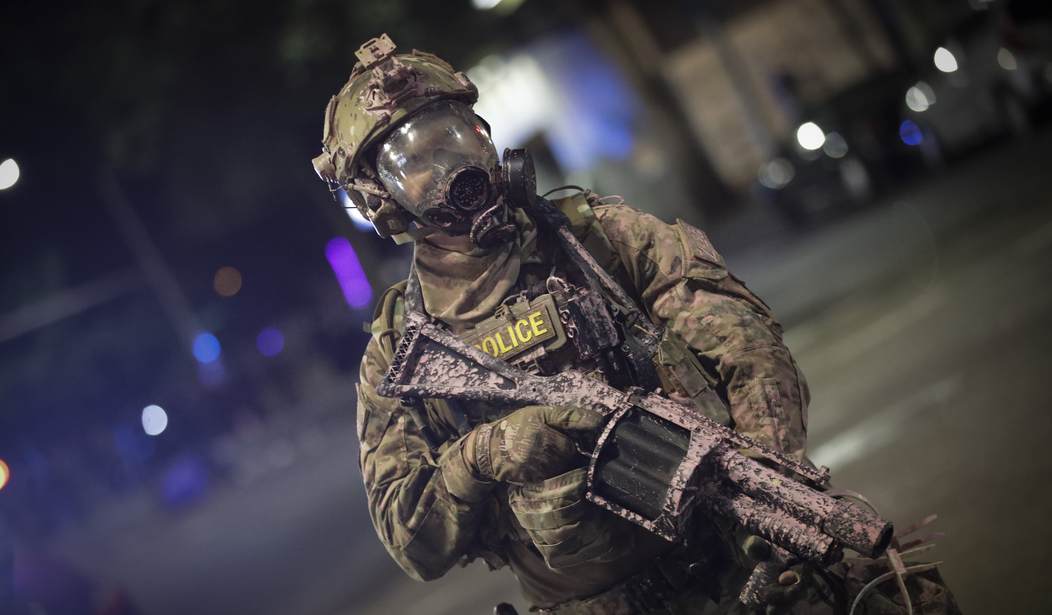
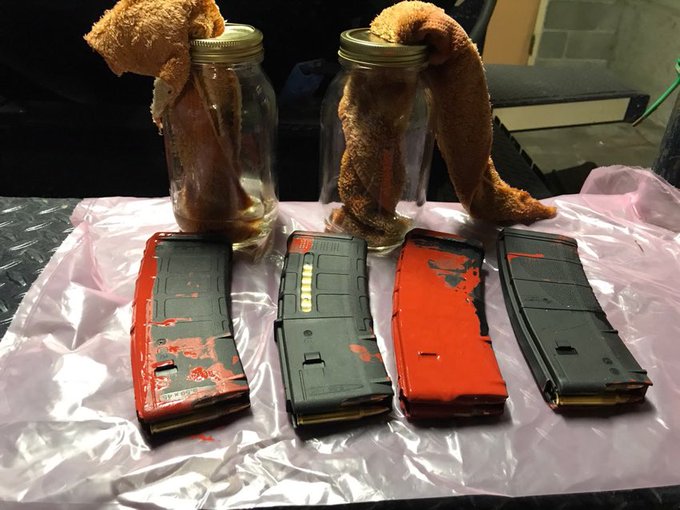

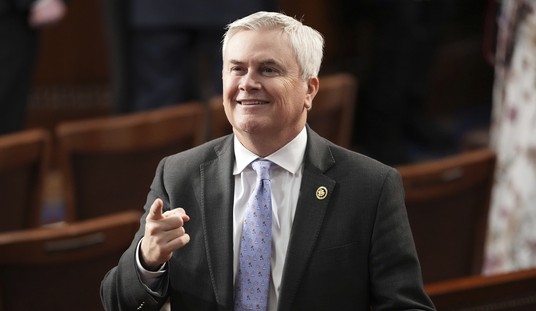

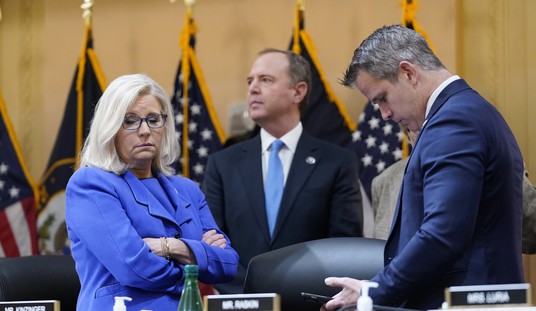

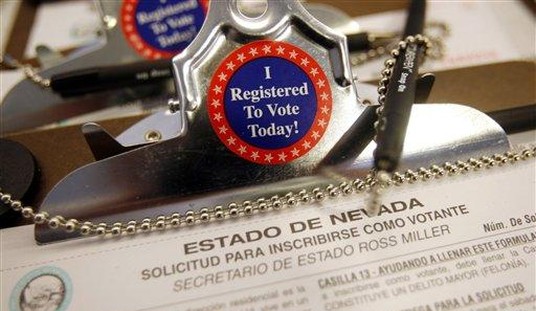



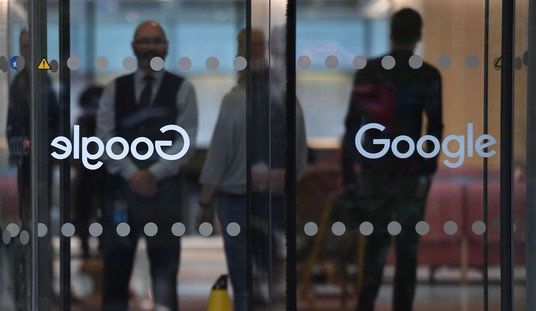
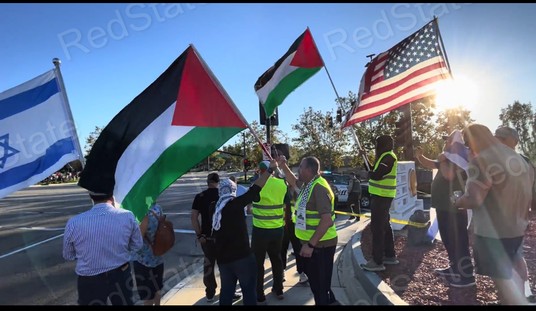
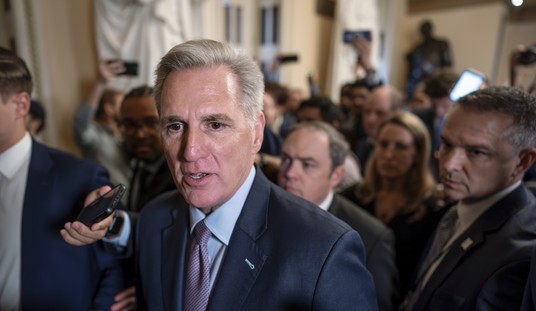
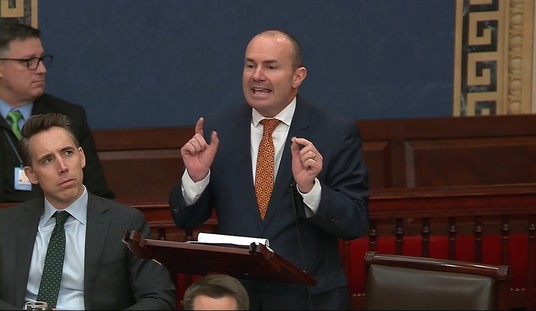
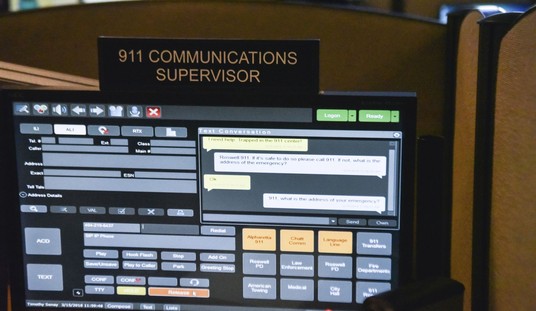
Join the conversation as a VIP Member